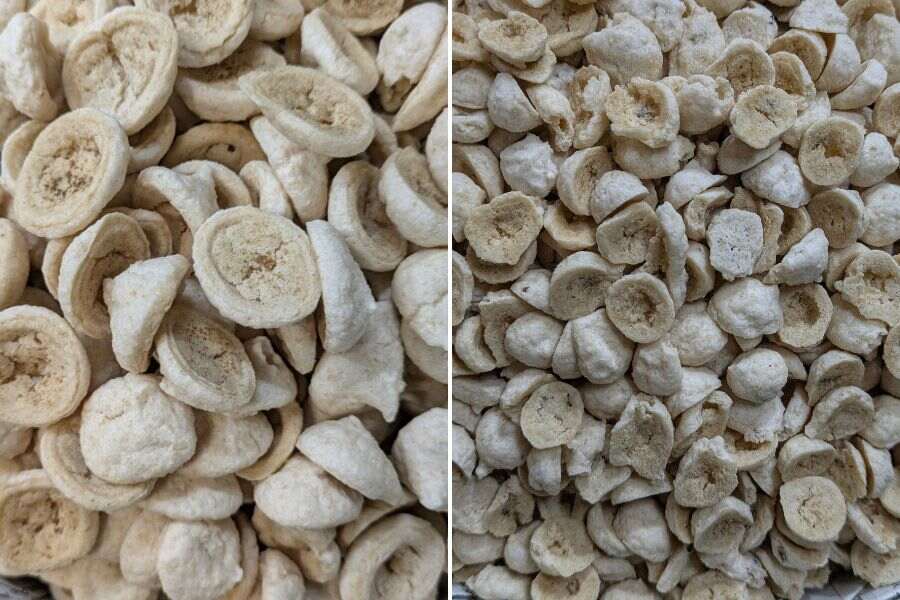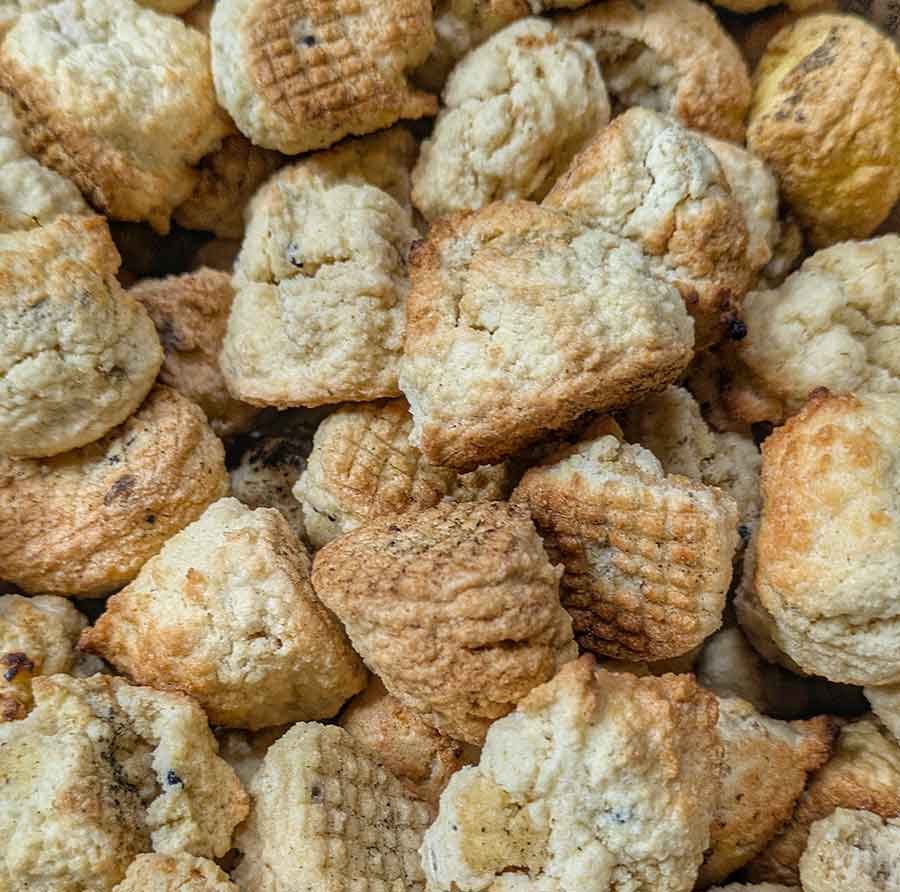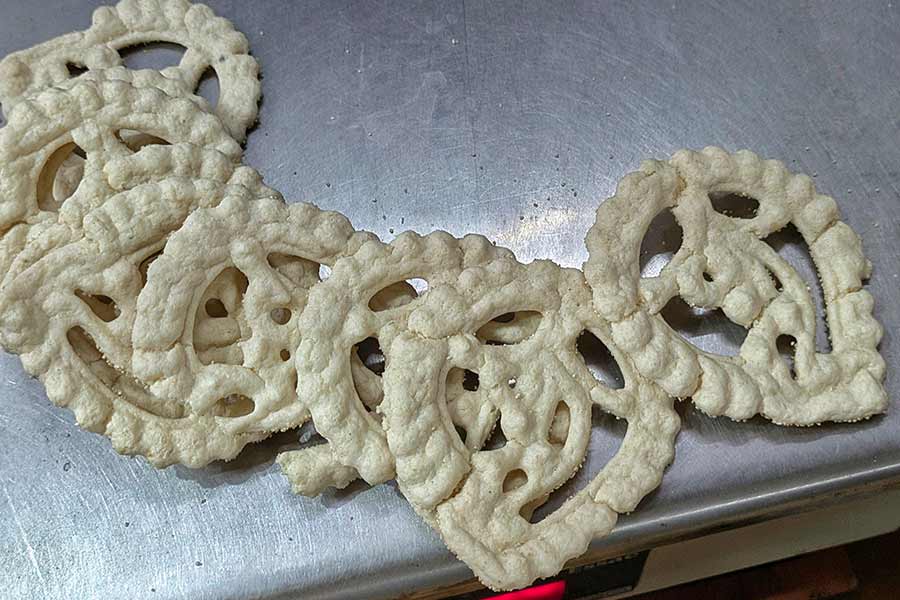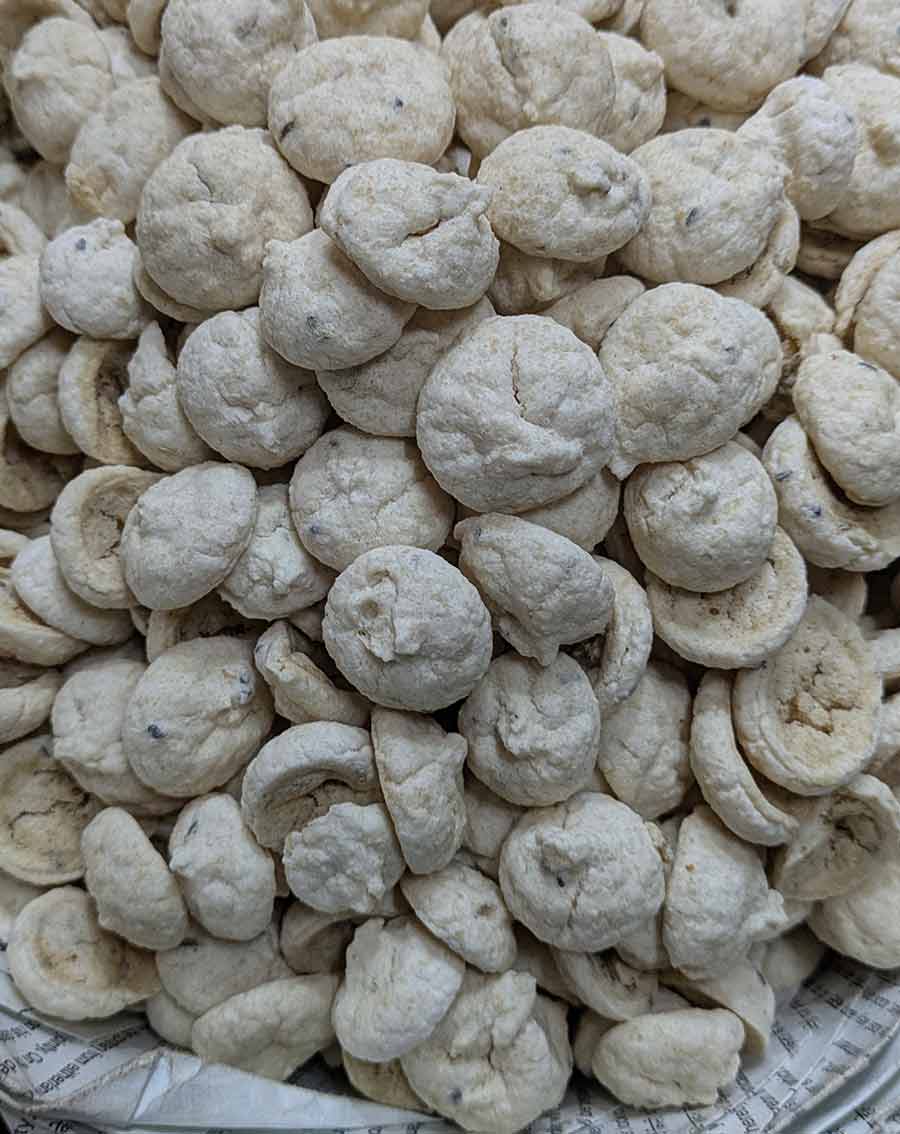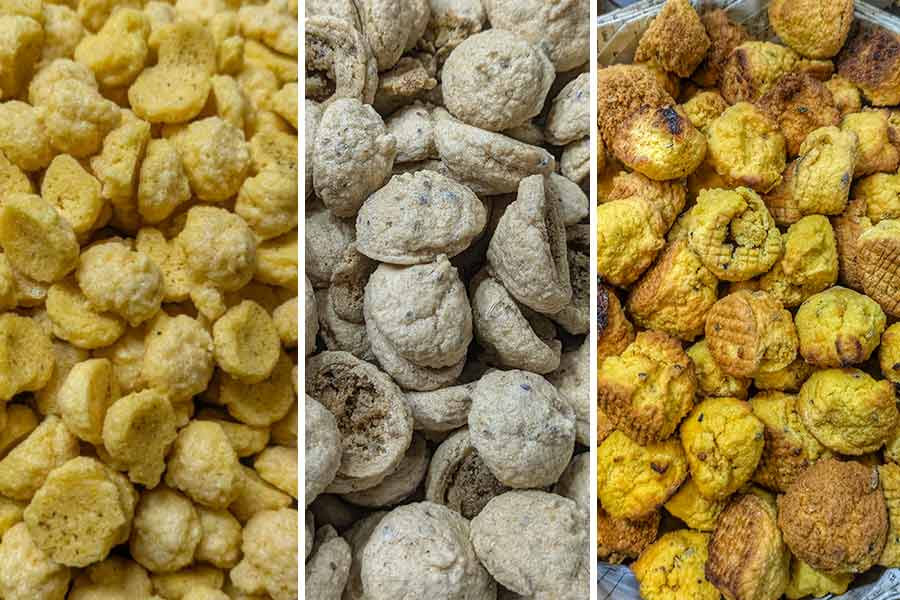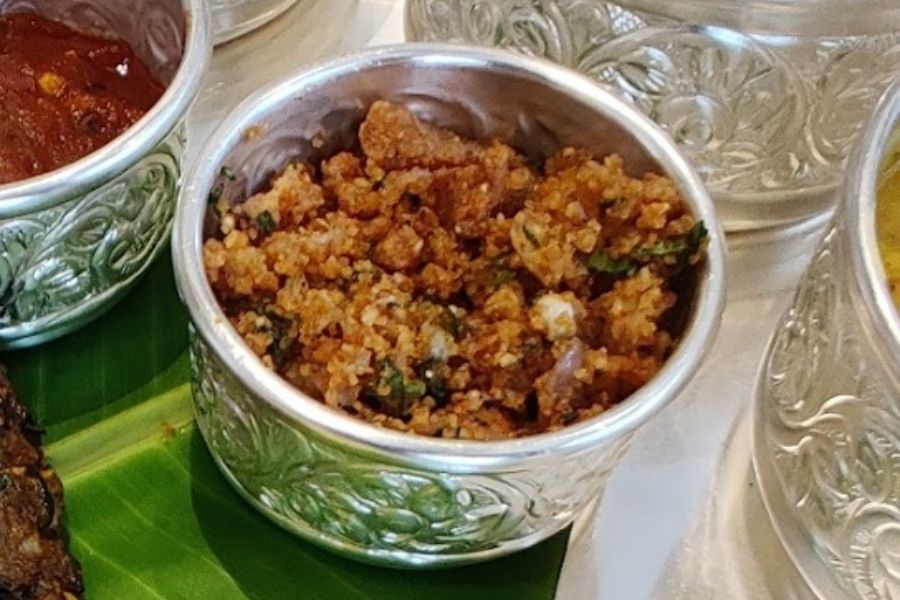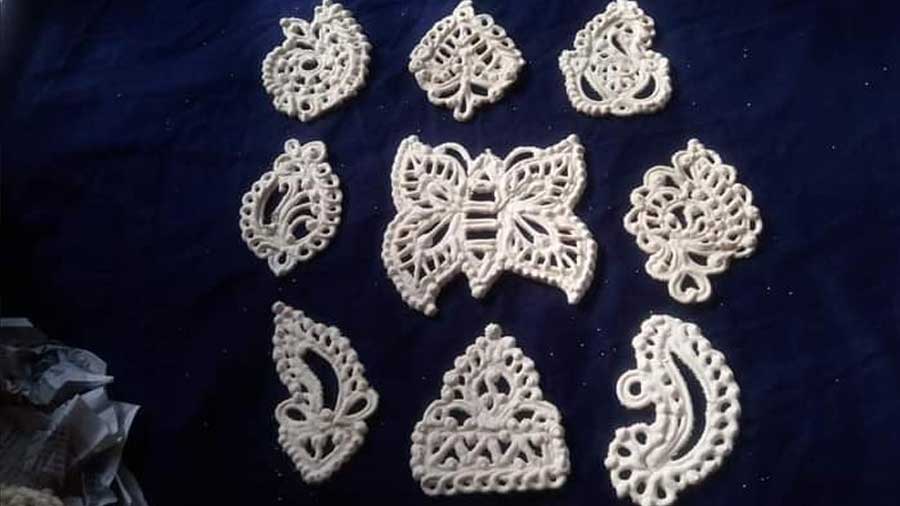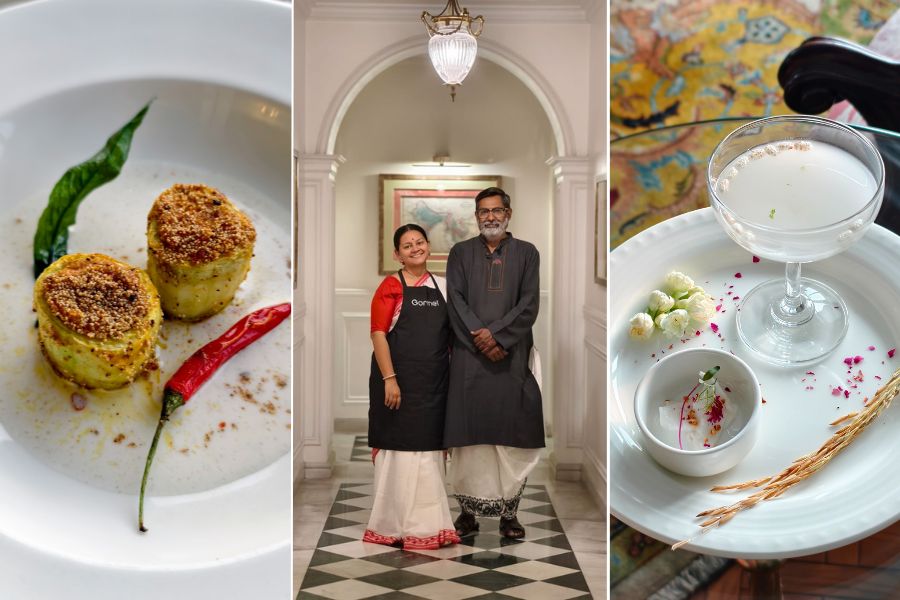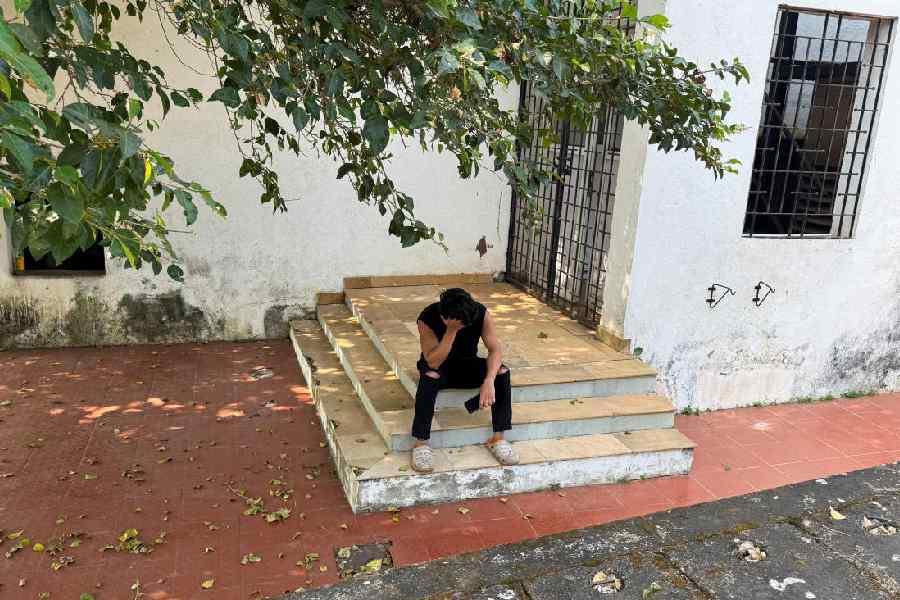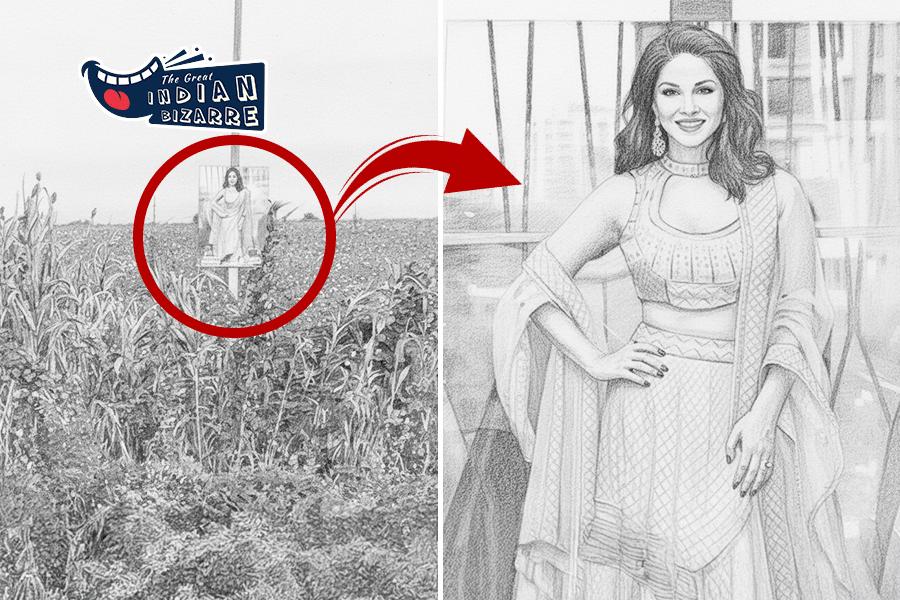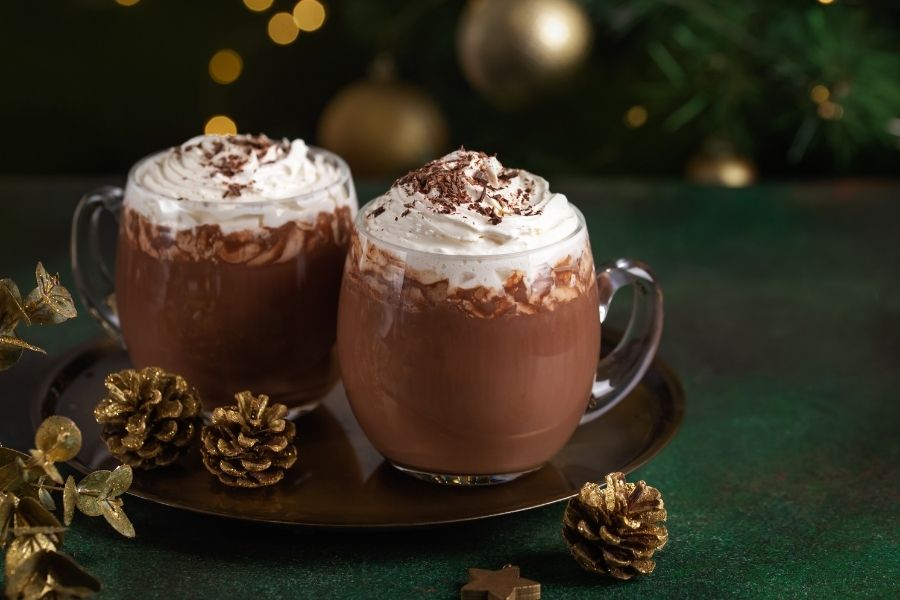Boris, the small, dried lentil dumplings, can add a texture, flavour and bite to any ‘jhol’ or ‘torkari’. But did you know not all boris are traditionally Bengali? Co-head chef of Sienna Calcutta, Koyel Roy Nandy, shares all you need to know about the boris of Bengal.
Mashkalai holds the crown
“West Bengal is not a place for lentils. Because winter is the best time for lentil production. But, if there is a little rain in the winter, there will be a lot of crop loss,” said chef Koyel. And yet, Bengal’s deep love for lentils has always outweighed the land’s limitations. Among the few lentils that have historically thrived in the region, one stands out: Mashkalai.
“A traditional lentil that has been grown for many years in West Bengal is called Mashkalai,” Nandy explained. Known as urad dal in Hindi, Mashkalai is black gram, revered not just as a pulse, but as a culinary culture in Bengali households. “If you go to Birbhum, you will see that all types of lentils are called Kalai. That is different.” But when it comes to boris, it’s Mashkalai that holds the crown.
“Traditionally, bori is always made from Mashkalai,” she said. The process is straightforward and precise: soaked Mashkalai dal is ground into a smooth paste, then hand-dropped into tiny mounds and left to sun-dry on woven mats. But variations abound. “Sometimes chal kumro (Ash Gourd) is used. And sometimes different spices are used.”
Goyna Bori — edible art
In the artisanal world of bori-making, no variety captures the imagination quite like the Goyna Bori. “It is completely made of Mashkalai Dal, and poppy seeds are used. Because Goyna Bori is so delicate, if we do not put it on the base, it breaks easily.”
Named for their jewellery-like designs (goyna meaning ornaments), these boris are piped into intricate patterns by skilled hands, often resembling lacework or bangles. “The poppy seeds are mostly used in Birbhum, Midnapore and Burdwan.” These are the districts where the craft is not just culinary, but artistic — passed down generations who take pride in the delicacy of their work.
“Goyna Bori is generally fried,” she said, emphasising how the cooking process preserves the aesthetics of the fragile structure. It’s not just food, it’s edible heritage. “Goyna Bori was sent in the tattow with the bride to her in-laws’ house during marriage. It was hence given the intricate shape, like a jewel,” chef Koyel said.
The other Bangla boris
Among the spiced variations, Hing Bori stands out. Infused with the pungency of asafoetida, it’s a bori that doesn’t just blend into a fish curry, it announces itself. Chef Koyel recalls seeing Chola Bori or Chola Masala Bori in northern India, especially Delhi. Kumro Bori and Masoor Bori are again not popular boris used in Bengali recipes. But they are used in some recipes or eaten fried.
Boris are as versatile in function as they are in form. The Sienna chef said, “Bori is made in different sizes. Some for frying, some for cooking, some for fish curry.” The smallest ones are often tossed into vegetables or crushed over rice, while bigger versions find their way into rich gravies or get fried to golden crispness.
Bori and the Odisha connect
Migration has played a significant role in the evolution of Bengal’s food, and boris are no exception. “We have learned to eat Buri Chura from Odisha, because the thakurs (cooks) of Odisha have migrated to Kolkata and Bangladesh,” the chef added. Buri Chura, a crumbled form of fried Biuli Bori, is a legacy of this migration, its texture and taste adding crunch and depth to meals across Bengal.
